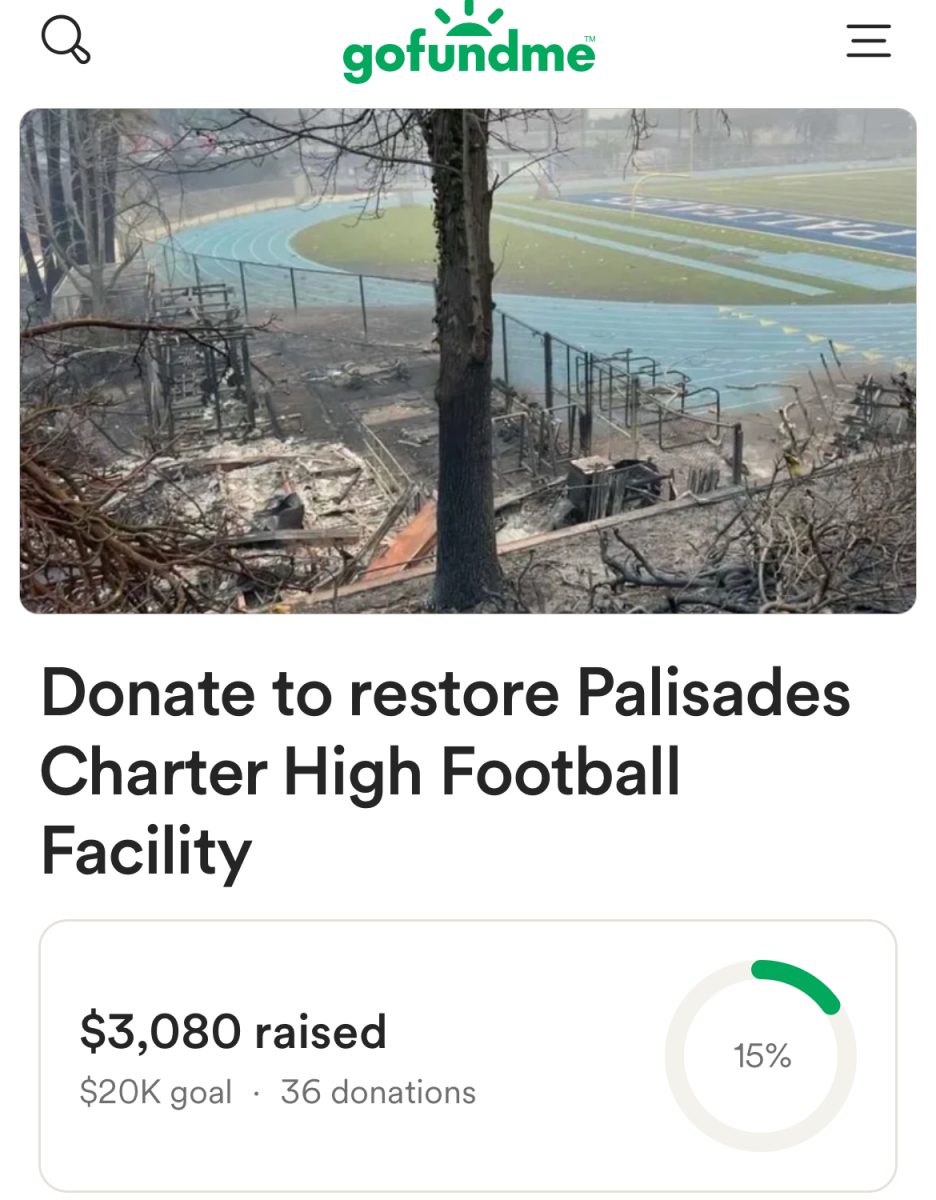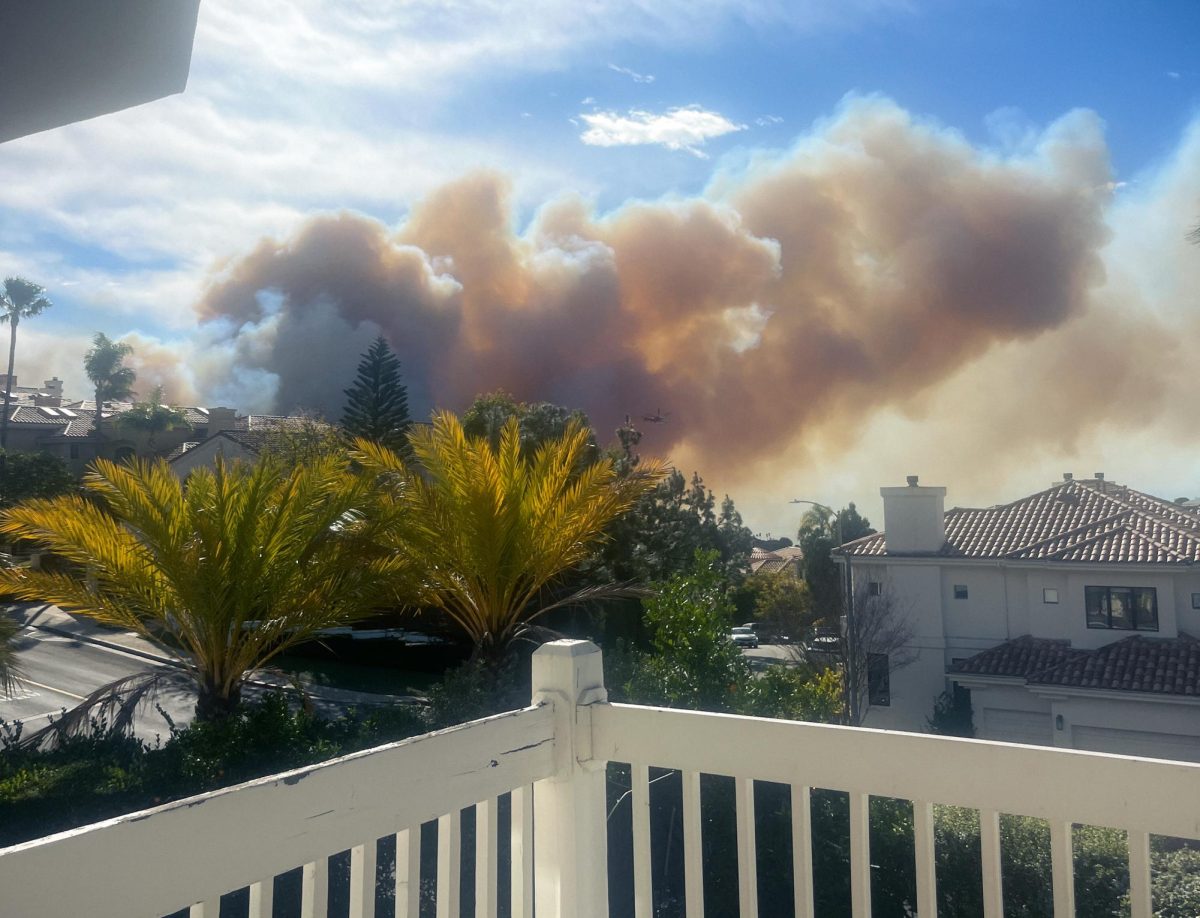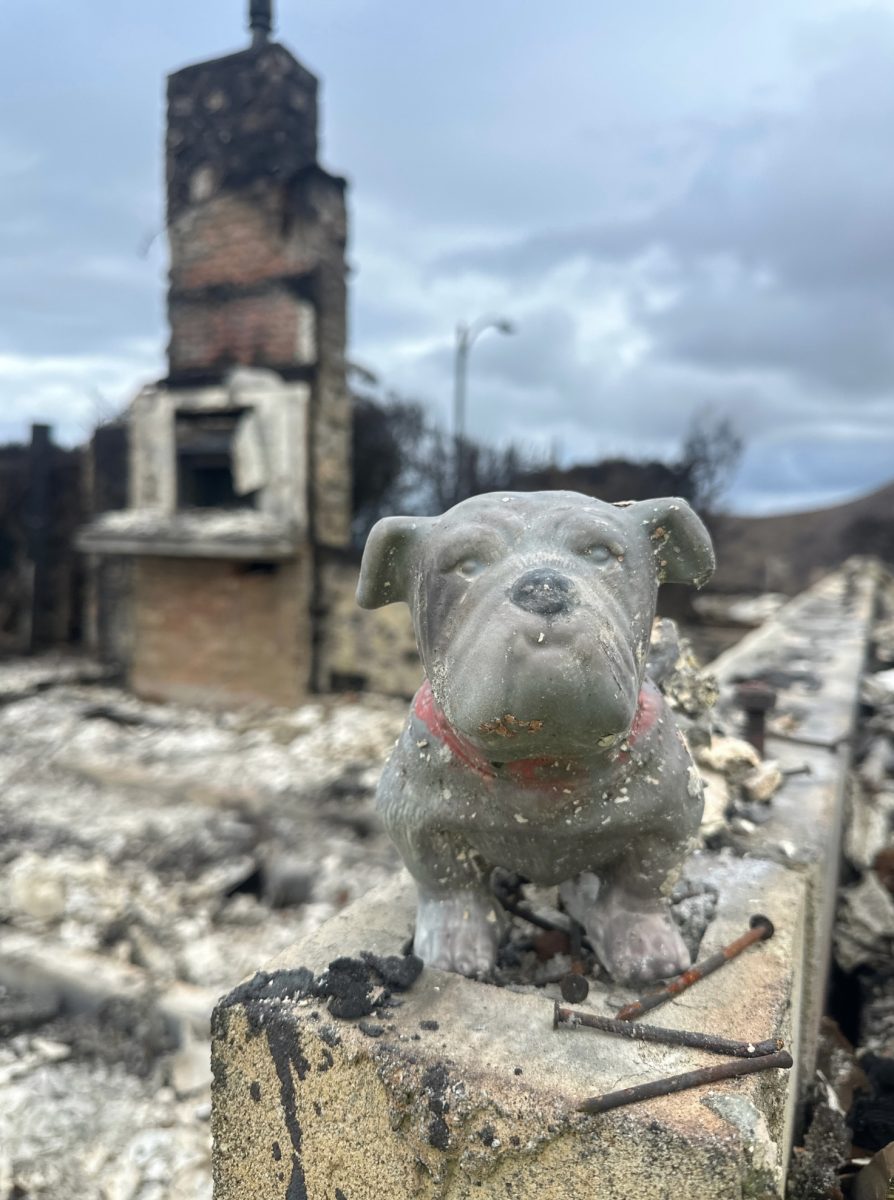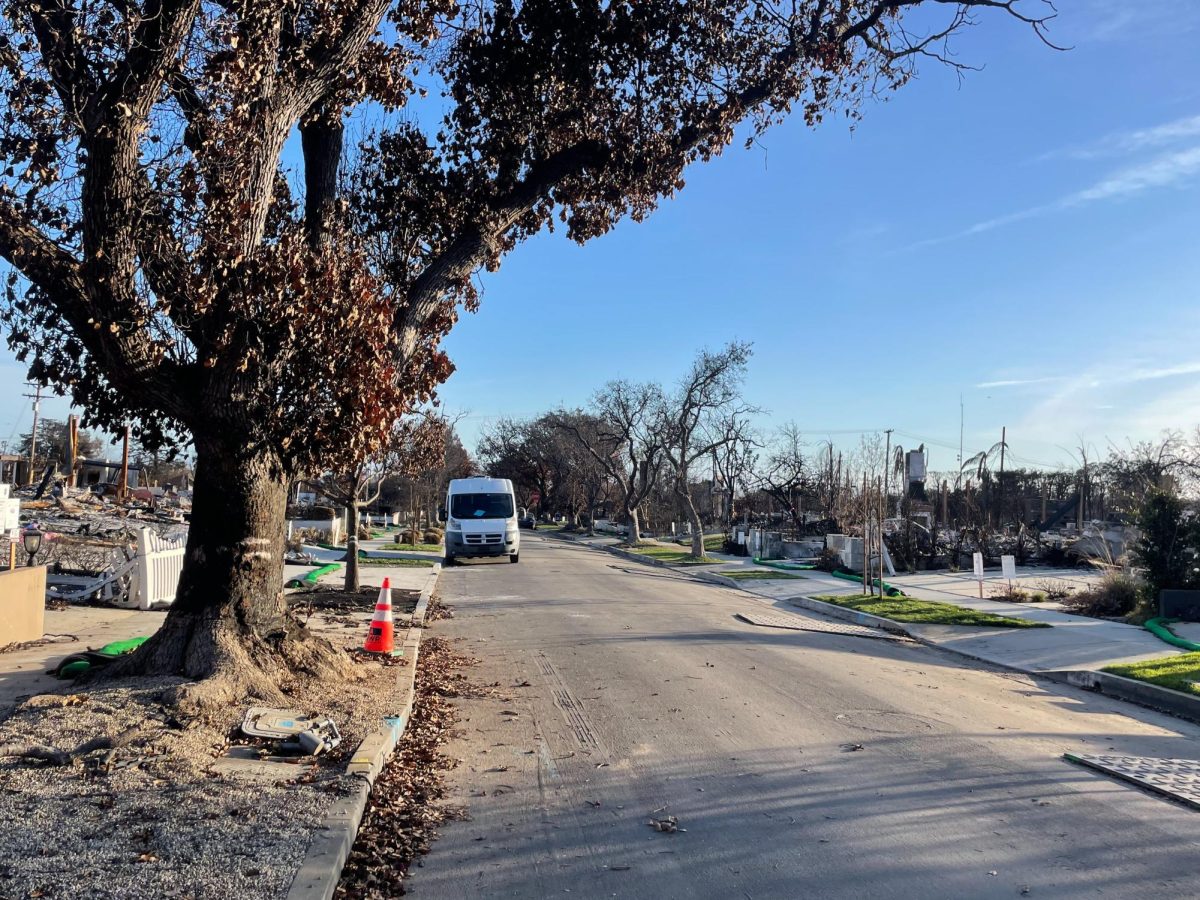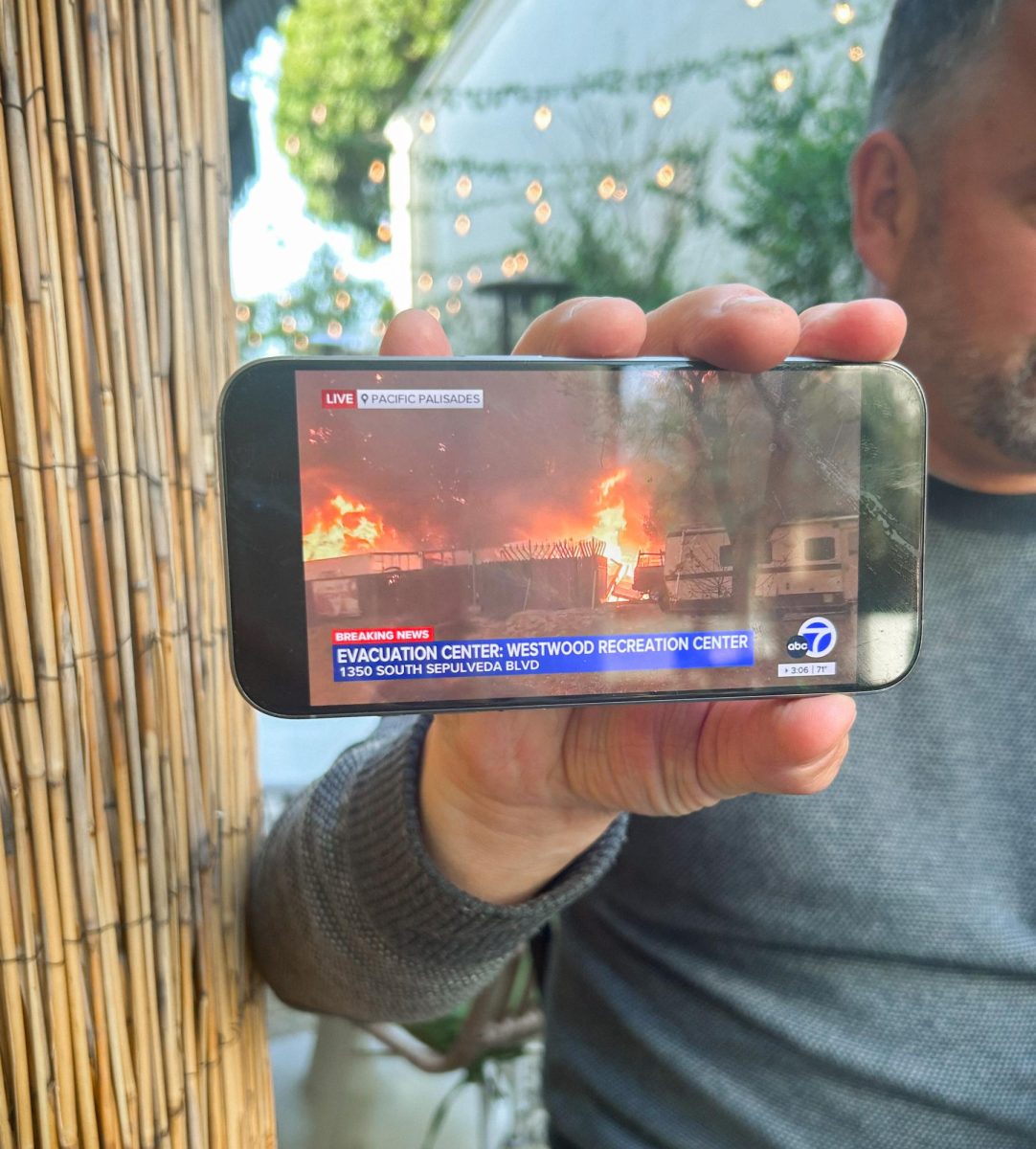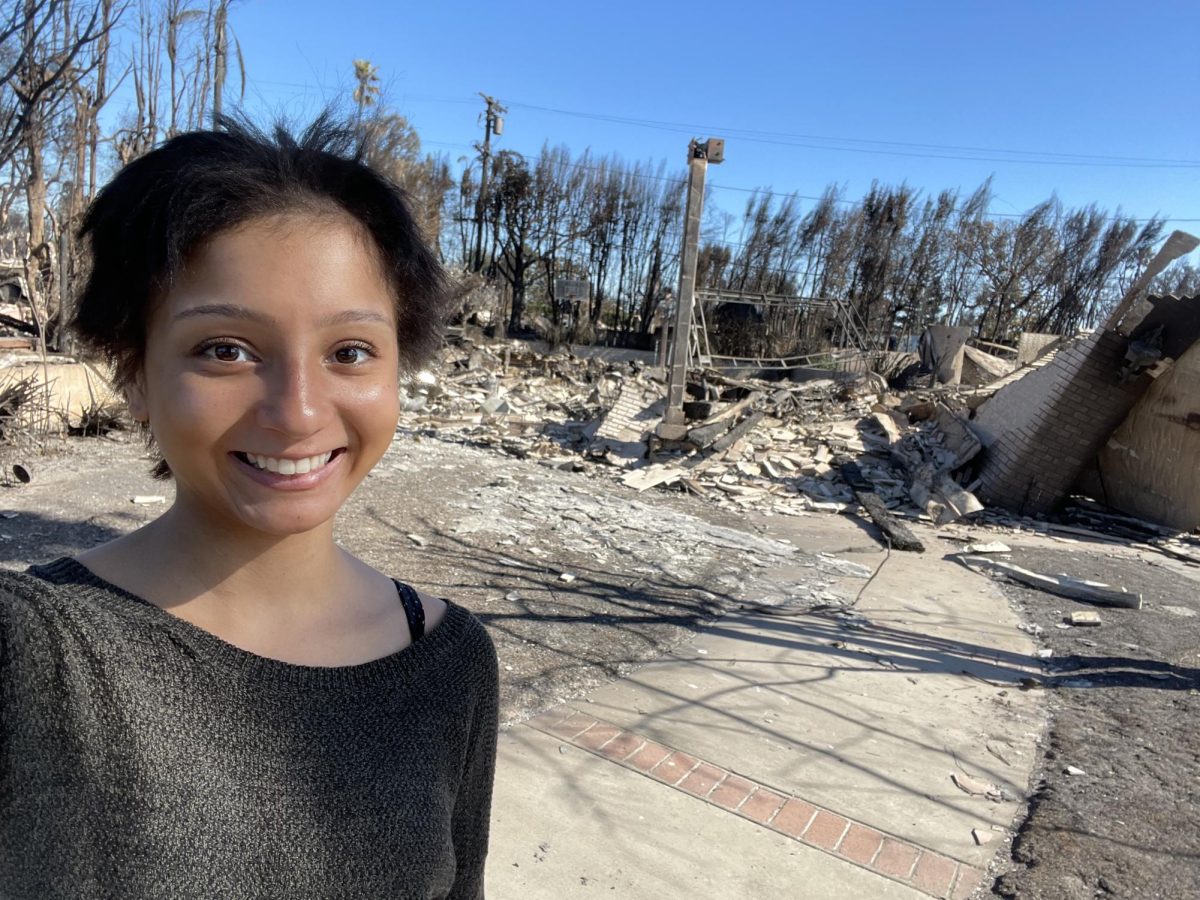Thanks to Students, Pali’s Outdated Dress Code Gets a Makeover
December 1, 2021
It was a gloomy, seemingly unremarkable Thursday when Pali Assistant Principal and Director of Discipline Russel Howard’s voice sounded through campus during second period.
“Yes, there is a dress code,” Howard’s Oct. 7 announcement decreed. “Starting Monday, we will be handing out shirts and shorts for inappropriate attire…so I hope you’ve enjoyed it. Now we’re going back to where it should be.”
Howard also discussed a now infamous concern about what he termed “fake bras.”
“I’ve seen so many bras or fake bras,” he fretted. Satirized by this publication, (Investigative Report: What is a Fake Bra?), that statement incensed and befuddled students schoolwide.
“I don’t think an announcement would have been a bad method for change in general,” senior Annika Schultz said. “But the dean’s words… targeted women specifically and the angry nature of the announcement didn’t paint the situation as respectful.”
“I was shocked,” junior Mandana Sahmedini added. “I was so furious, I literally couldn’t focus in class.”
To voice her and her friends’ concerns, Sahmedini created a group chat that reached capacity by fourth period. Sahmedini said that the text chain became a sounding board for resistance to the dress code, as students on the chat expressed their concerns, vented their confusion and shared information.
“I looked up the dress code, and I was just going through it… taking screenshots and sending it to the group chat because I wanted everyone to be aware,” junior Ellie Granat said.
Driven by their desire to spread greater awareness of their cause, Sahmedini and junior Anaya Ayanbadejo pivoted to Instagram, with the goal of creating a more organized space for information and affinity, Ayanbadejo said.
From there, the movement only continued to grow. The students worked with counselors to create a new dress code, which was implemented Nov. 16.
The instagram account, @palihigh_dresscode_change, currently has more than 600 followers, and a recording of Howard’s announcement posted later that day has accumulated more than 30 thousand views, partly due to students reposting it on their stories en-masse.
The day following his first announcement, Ayanbadejo visited Howard and successfully urged him to apologize.
“I went to the dean by myself… and I said, ‘before a protest potentially starts, you need to come out and make an apology,’” Ayanbadejo said.
That same day, Howard expressed his regret for using language that offended some over the loudspeaker.
“I think my dress code comments were very disrespectful to a lot of people,” he said over the PA. “I want them to know that I understand that. [To] anybody that I offended, that I made feel unsafe or hurt, I apologize.”
Though remorseful for his first announcement, Howard still maintains that the student dress code should be regulated.
“The reality is, we’re not looking to be a Puritanical school, but I needed to say something because I’m in charge of discipline,” Howard said in an interview later that day. “Unfortunately, the way I delivered it was offensive to some. I am out of touch on some things I shouldn’t be.
“Kids were coming back on campus for the first time in a year and a half,” he added. “We were probably a little too tolerant, but we wanted to welcome students back, give them a little freedom.”
He also clarified his stance on “fake bras”: “I know the difference between a cami and a bra. [But] I didn’t know what the hell to call it,” he said.
It turns out Howard wasn’t necessarily referring to Pali’s long-standing dress code, and instead his own issues with student dress. The dress code, which can be found in the Parent-Student Handbook, includes rules about cleavage exposure, bra straps and tight clothing that panicked students, many of whom were viewing it for the first time.
“The school definitely needs to change their dress code,” Sahmedini said. “I don’t think [the handbook] has been updated in years, so it has a lot of rules that applied to things that were considered inappropriate a long time ago. People are realizing that women’s bodies aren’t distractions.”
Ayanbadejo and Sahmedini sought to change the dress code with the help of a small, diverse committee of students.
“It’s a super inclusive group of students,” said counselor Molly Hafferkamp, who advised the group along with fellow counselor Heather Schon. “If you were passionate about [the dress code] and you had something to say, they would listen.”
The group first gathered on Oct. 8, discussing each part of the dress code before coming to the conclusion that it was too archaic to simply tweak.
“We spent about two hours trying to critique the dress code we already have,” Ayanbadejo said. “It was just horrible. We had to change everything.”
After much conversation, the group decided to implement a modified version of the Oregon National Organization for Women’s dress code guidelines, which focus on students’ clothing rather than their bodies.
“I’m really proud of [the students],” Schon said. “They were really solution-oriented from the beginning. There was talk about protesting, but they said let’s just fix this instead of fight.”
Another goal of the movement is training teachers how to better handle dress code violations.
“We’ve been working on training teachers to not shame students, to not call them out in class, not call them out in the hallways,” Schon said. “If they see something that is a problem, to refer [it] to the dean.”
The new dress code was approved and announced on Schoology in mid November. It has five sections, including a section dedicated to its philosophy, values and goals, and one listing the mandates on student dress such as what students must wear, cannot wear and dress code enforcements.
“We’re all really happy with it,” Ayanbadejo said.
Granat added, “it’s really nice when there was something we [felt is] unfair happening, and now we’re changing it.”




